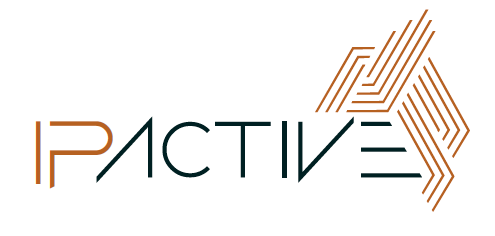Identifying Project IP
When preparing research proposals for project funding, inclusion of an IP Register is usually a mandatory requirement. IP Registers will identify several elements of Background IP (BIP) and Third Party IP (TPIP) that the project will use and rely on and quite often build upon to deliver the project outcomes. Identifying project outcomes are crucial to recognising the Project IP (PIP) that will be delivered by the research investment.
The IP Active Team are highly experienced at helping clients with the various stages required in compiling an IP Register.
As well as Project IP identified from core project outcomes, research projects commonly produce secondary outcomes that may be of significant value. This secondary Project IP can for example include data that is important both for the existing project and for subsequent project investments. Other examples of secondary Project IP outcomes are processes or know-how developed during a project.
For commercial projects, when licensing IP from a project investment, quite often these licences include the licence to the know-how. Databases may also need to be licensed for further development. A database can also be protected by copyright. Therefore within an IP Register, it is important to identify what know-how exists and the value of any databases developed from projects, particularly in a commercial context.
Case Study: Identifying IP
- First examine the Project proposed outcomes for the investment aim or focus.
- By understanding the project’s methodology, identify items of BIP and TPIP that contribute to the project’s aim. Note BIP is owned by project collaborators while TPIP is owned by external providers.
- Investigate ownership and any issues with using the BIP and TPIP such as Freedom to Use and any Restrictions on use such as confidentiality. Consider access rights to data and data use.
- Identify Project IP which is created, generated or developed as a result of conducting the project. In a broad context Project IP is anything which results from intellectual activity. This could include improvements to BIP.
- Understand final ownership of Project IP. Ownership IP rights give the owners the right to control or manage the IP item.
- Know and understand the project Research Agreement and how this affects the rights to own and control Project IP. An agreement can determine the percentage ownership of the Project IP with the collaborators splitting the ownership in a proportion listed in the contracted agreement. Contribution of BIP and TPIP needs to be considered when assigning ownership percentage.
- For Project IP identified as having commercial benefit, an IP protection strategy needs to be developed. Consideration of confidentiality and publication rights is also addressed.
